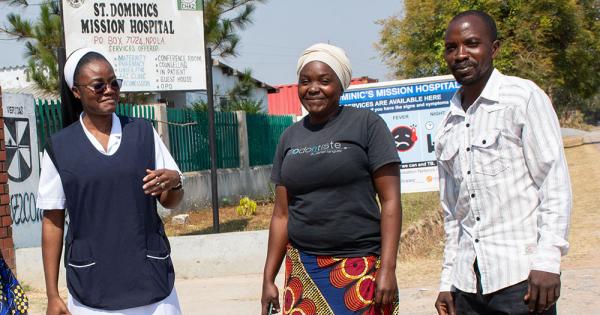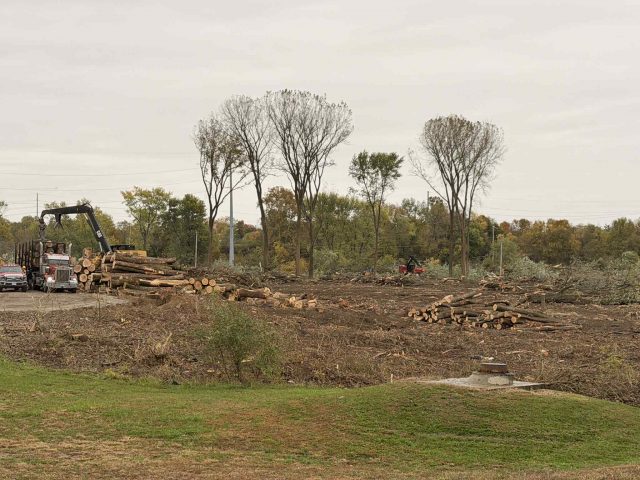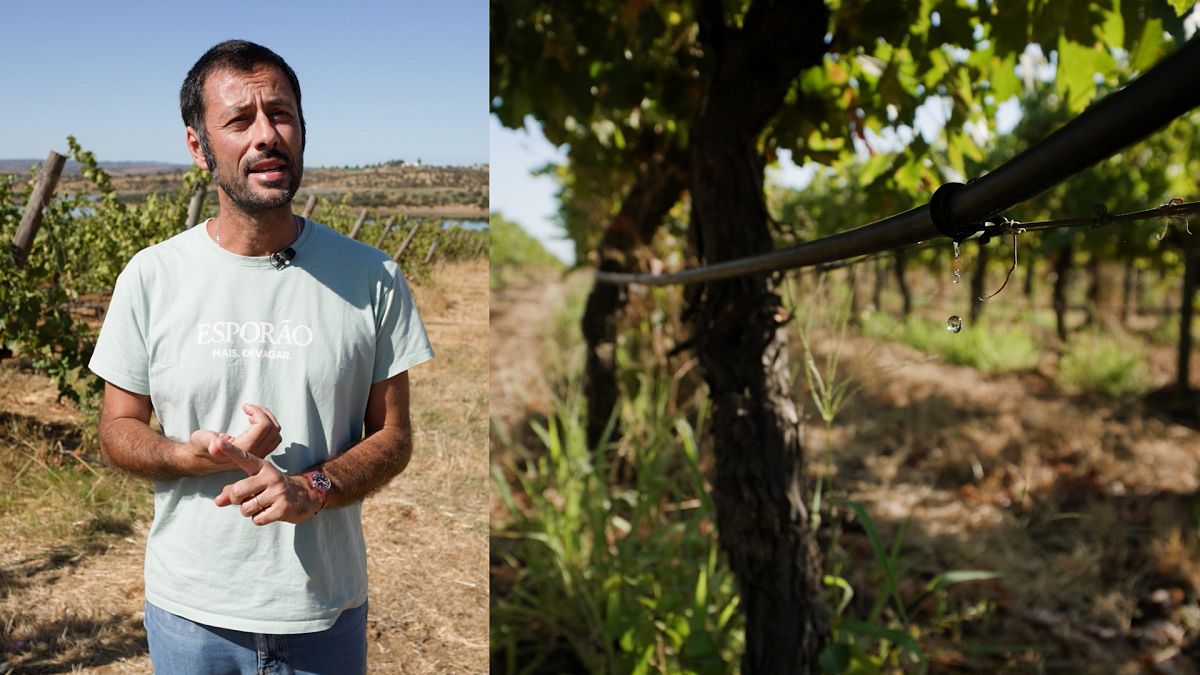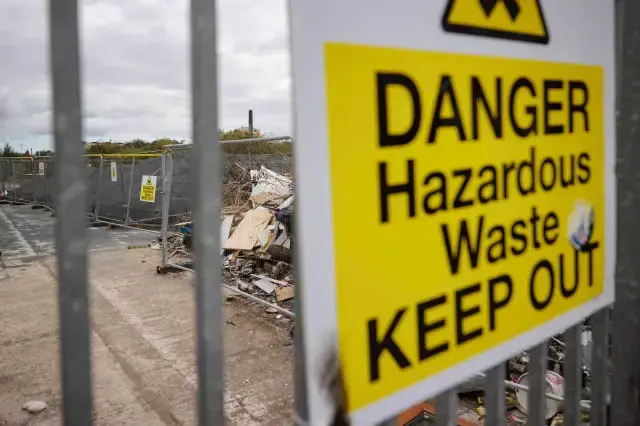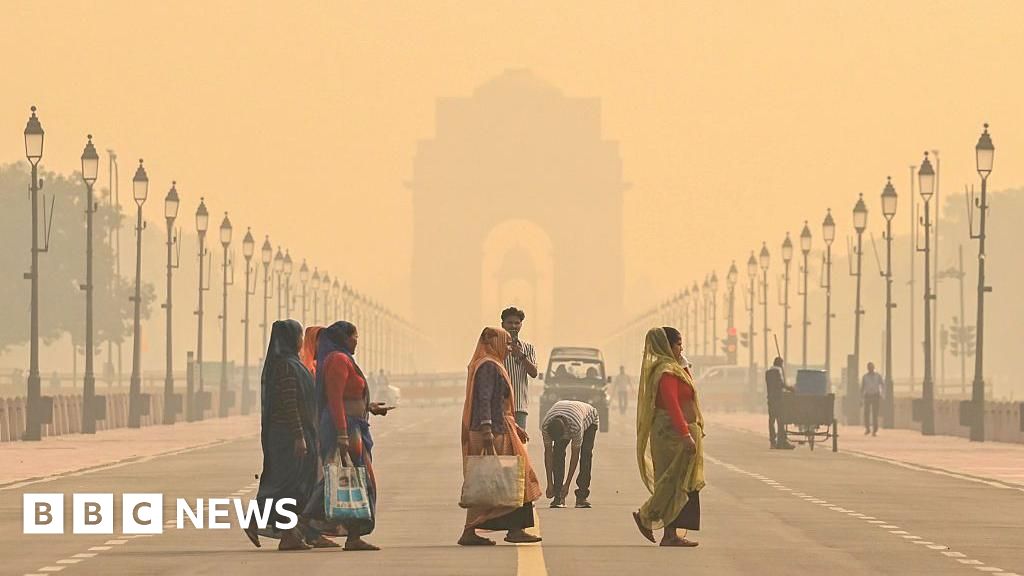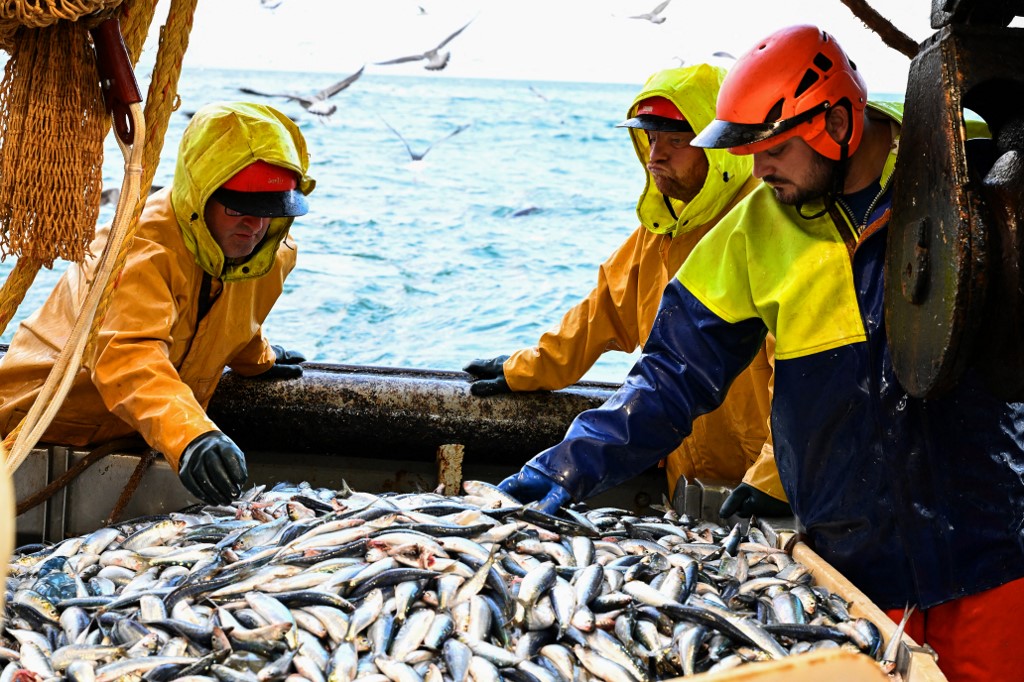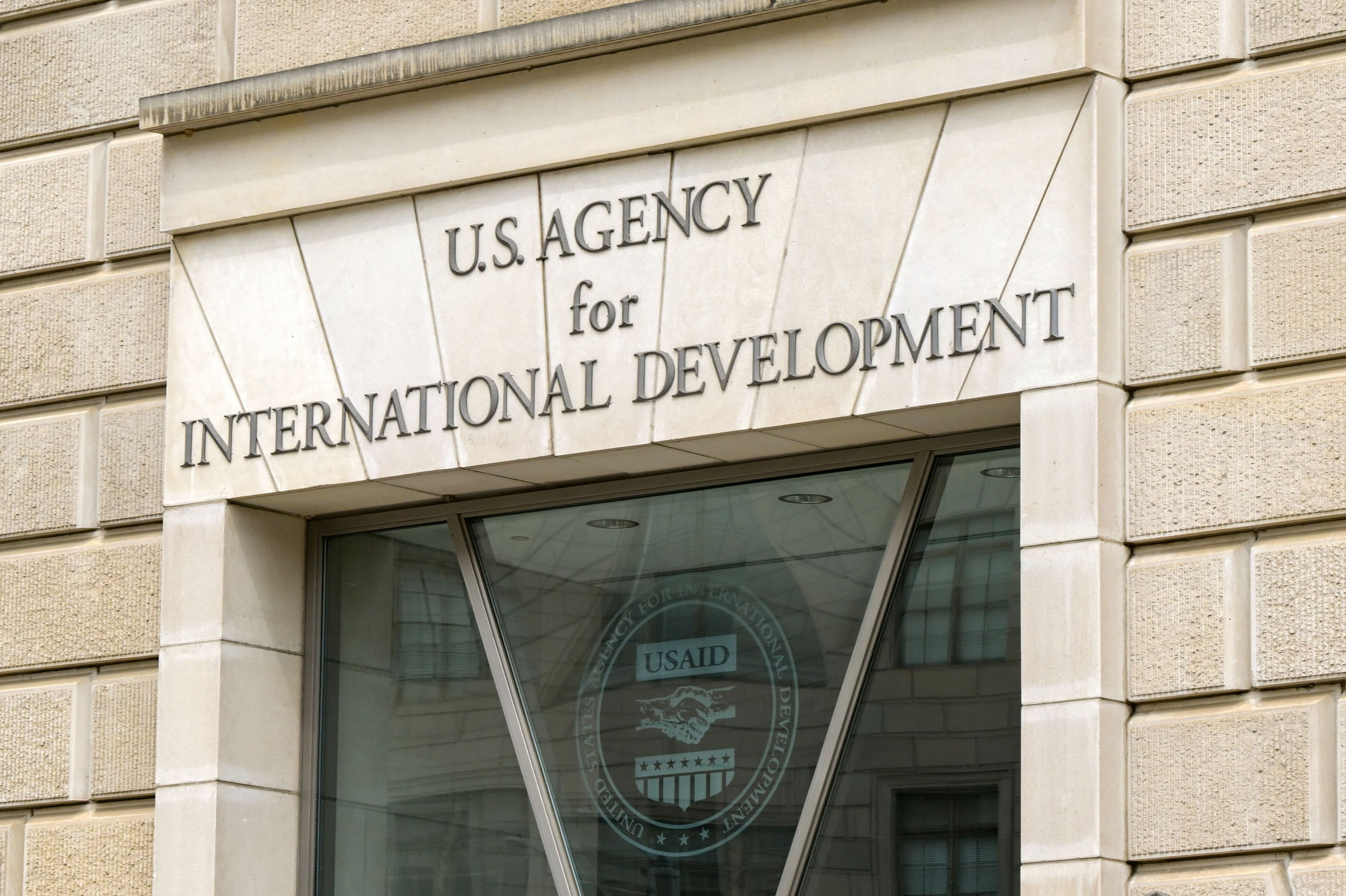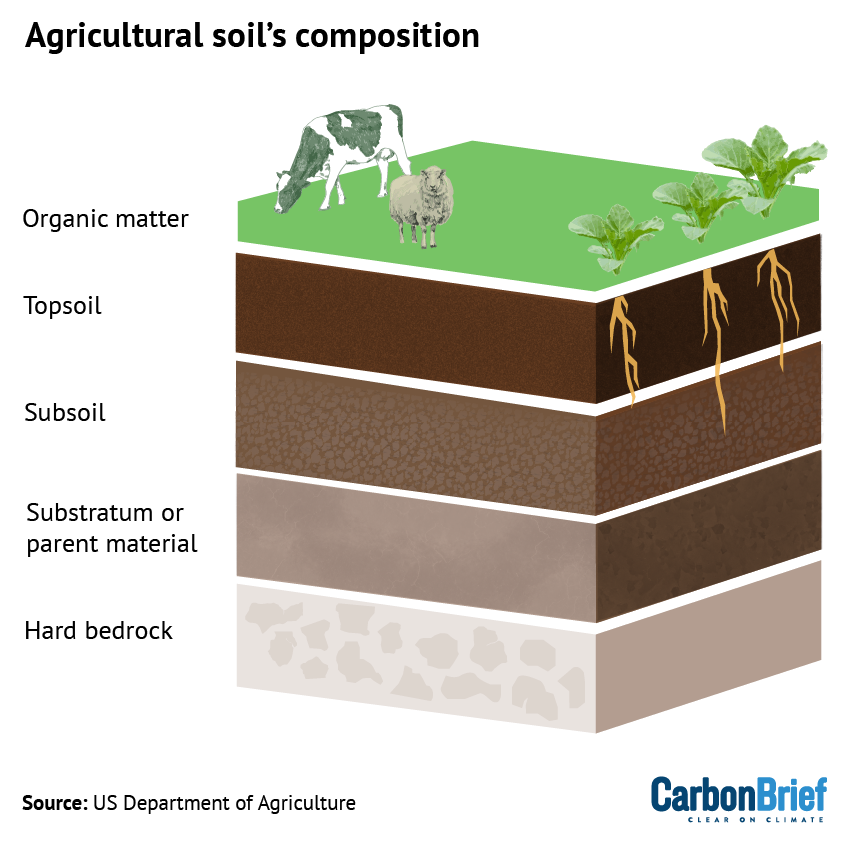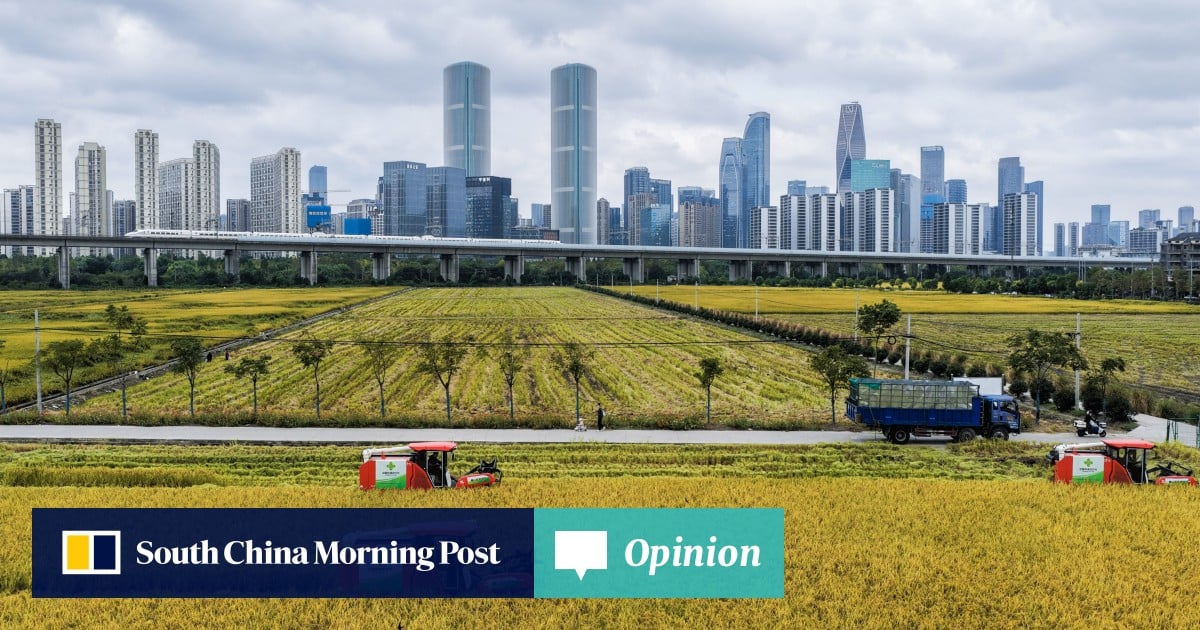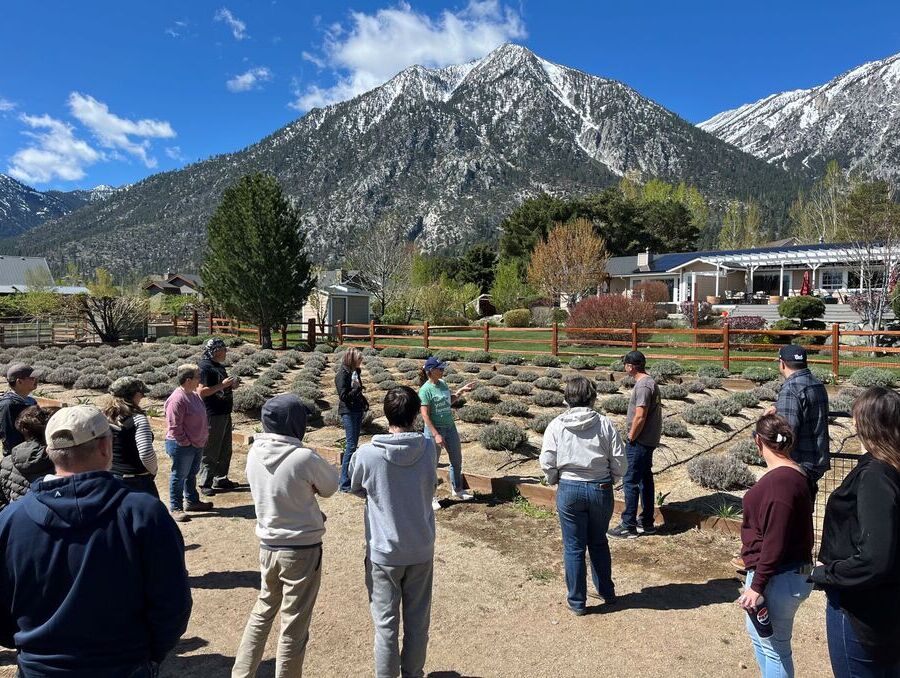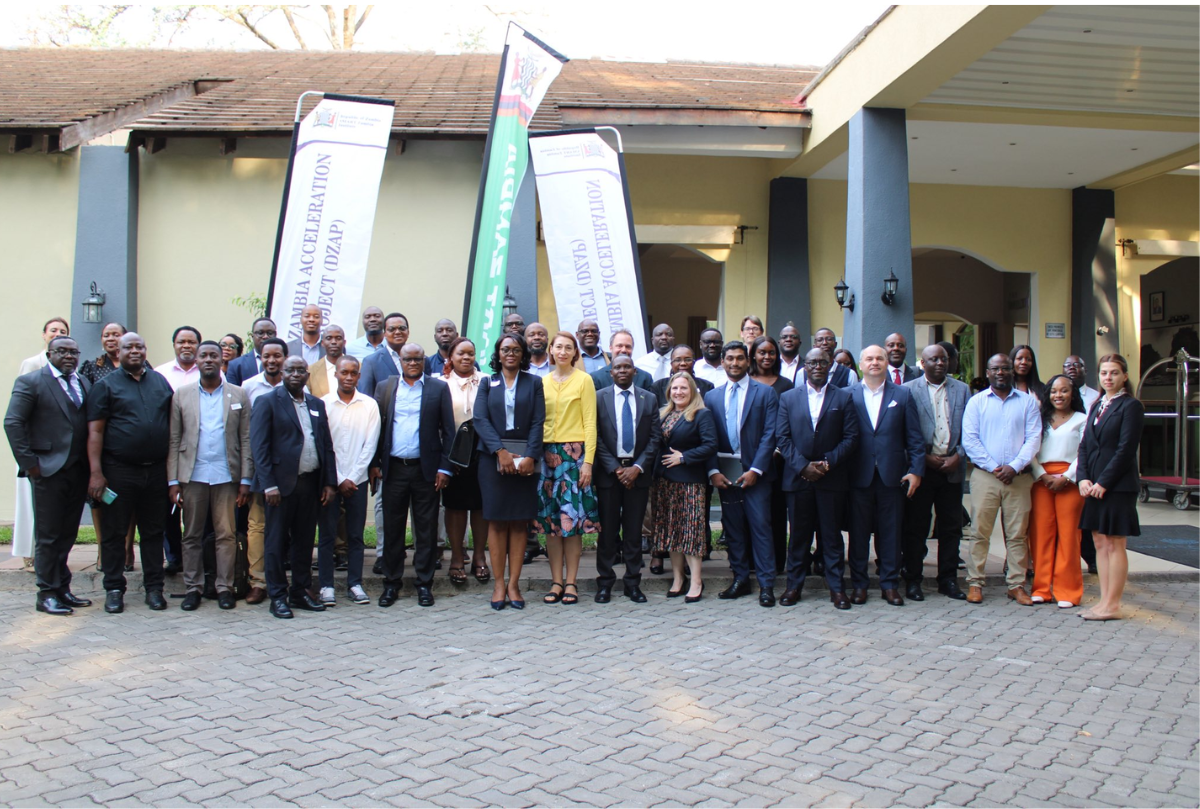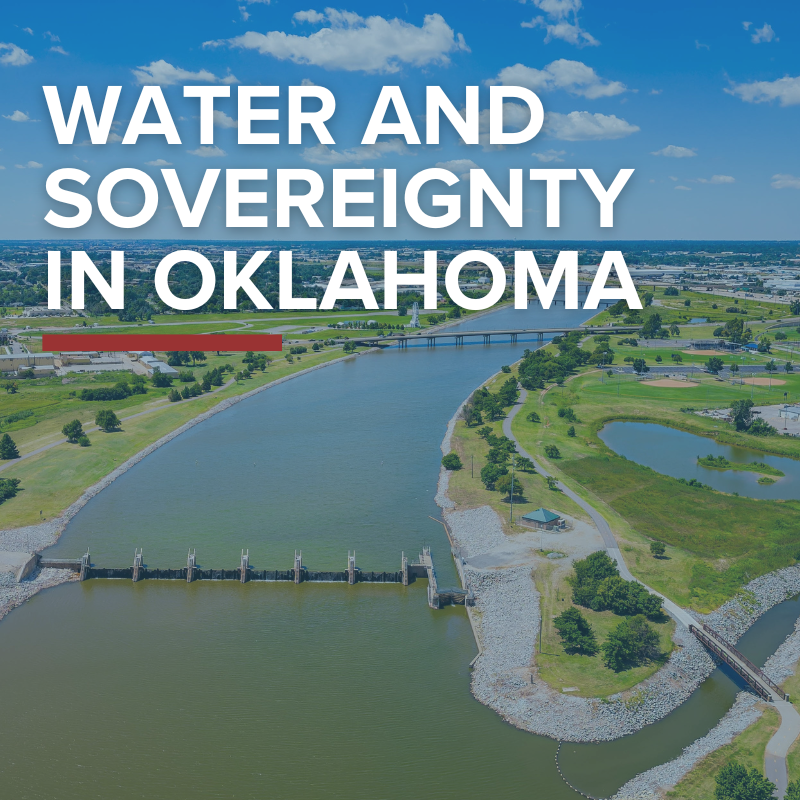From Yellowstone to the Garden of Eden, climate change puts majority of world heritage sites at risk – CBS News

UNESCO Report Highlights Water-Related Threats to Global Heritage Sites
Overview of Water Risks to Cultural and Natural Heritage
According to UNESCO, nearly 73% of the world’s 1,172 non-marine cultural and natural heritage sites face significant threats from water-related risks, including water stress, drought, river flooding, and coastal flooding. These risks are exacerbated by rising global temperatures and the increasing frequency and intensity of extreme weather events such as hurricanes, droughts, floods, and heatwaves.
Key Findings on Water Stress and Flooding
- Water Scarcity: Cultural heritage sites are predominantly threatened by water scarcity, which leads to environmental degradation and damages historic structures.
- Flooding Risks: More than half of natural heritage sites are vulnerable to flooding from nearby rivers or coastal areas.
Regional Examples of Water-Related Threats
- India: The Taj Mahal in Agra is experiencing increasing water scarcity, resulting in pollution and groundwater depletion that harm the monument.
- United States: Yellowstone National Park was closed in 2022 due to massive flooding, incurring over $20 million in infrastructure repair costs.
- Iraq: The southern marshes, historically linked to the biblical Garden of Eden, face extreme water stress with over 80% of renewable water resources withdrawn, threatening ecosystems and local communities.
- Zambia and Zimbabwe: Victoria Falls has suffered from recurring droughts, sometimes reducing the waterfall to a trickle.
- Peru: The pre-Colombian city of Chan Chan, with its fragile 1,000-year-old adobe walls, is at high risk of river flooding.
- China: Rising sea levels cause coastal flooding, destroying mudlands critical for migratory waterbirds.
Implications for Sustainable Development Goals (SDGs)
The UNESCO report underscores the urgent need to address water-related challenges to protect cultural and natural heritage sites, aligning with several Sustainable Development Goals:
- SDG 6 (Clean Water and Sanitation): Ensuring sustainable water management to reduce water stress and preserve ecosystems.
- SDG 11 (Sustainable Cities and Communities): Protecting cultural heritage and promoting resilience against climate-related hazards.
- SDG 13 (Climate Action): Mitigating climate change impacts that exacerbate water-related risks.
- SDG 15 (Life on Land): Conserving terrestrial ecosystems and biodiversity affected by water scarcity and flooding.
Scientific Projections and Climate Change Context
An independent scientific study conducted approximately a decade ago revealed that 720 UNESCO World Heritage Sites, including iconic landmarks such as the Statue of Liberty and the Tower of London, could be submerged by rising sea levels within 2,000 years if current warming trends persist.
The study further estimated that 136 sites would be at risk if global temperatures increase by 3°C above pre-industrial levels. This projection aligns with the latest United Nations climate report, which indicates a 97% probability of a 2°C rise and a 37% chance of a 3°C rise without significant policy interventions.
Conclusion
The findings emphasize the critical need for integrated water resource management and climate adaptation strategies to safeguard the world’s cultural and natural heritage. Protecting these sites contributes directly to achieving the SDGs by preserving biodiversity, supporting sustainable tourism economies, and enhancing community resilience against climate change.
1. Sustainable Development Goals (SDGs) Addressed or Connected
- SDG 6: Clean Water and Sanitation – The article highlights issues of water scarcity, water stress, droughts, and flooding affecting cultural and natural heritage sites.
- SDG 11: Sustainable Cities and Communities – The protection of cultural heritage sites such as the Taj Mahal and Chan Chan is linked to sustainable urban and community development.
- SDG 13: Climate Action – The article discusses the impacts of climate change, including rising temperatures and extreme weather events threatening heritage sites.
- SDG 15: Life on Land – The article mentions risks to ecosystems, migratory birds, and natural sites like marshes and mudlands due to water-related risks and climate change.
2. Specific Targets Under Those SDGs Identified
- SDG 6 – Target 6.4: Substantially increase water-use efficiency across all sectors and ensure sustainable withdrawals to address water stress and scarcity.
- SDG 11 – Target 11.4: Strengthen efforts to protect and safeguard the world’s cultural and natural heritage.
- SDG 13 – Target 13.1: Strengthen resilience and adaptive capacity to climate-related hazards and natural disasters in all countries.
- SDG 15 – Target 15.1: Ensure the conservation, restoration, and sustainable use of terrestrial and inland freshwater ecosystems and their services.
3. Indicators Mentioned or Implied for Measuring Progress
- Indicator for SDG 6.4: Proportion of water withdrawal to renewable water resources, as indicated by the water stress levels in regions like Iraq’s southern marshes where over 80% of renewable supply is withdrawn.
- Indicator for SDG 11.4: Number of cultural and natural heritage sites affected by water-related risks (water scarcity, flooding), e.g., the 73% of UNESCO non-marine sites exposed to severe water risks.
- Indicator for SDG 13.1: Frequency and intensity of extreme weather events impacting heritage sites, such as floods in Yellowstone National Park and droughts at Victoria Falls.
- Indicator for SDG 15.1: Status of ecosystems and species dependent on freshwater and coastal habitats, e.g., the condition of mudlands for migratory waterbirds in China.
4. Table of SDGs, Targets, and Indicators
| SDGs | Targets | Indicators |
|---|---|---|
| SDG 6: Clean Water and Sanitation | 6.4: Increase water-use efficiency and ensure sustainable water withdrawals | Proportion of water withdrawal to renewable water resources (e.g., >80% water withdrawal in Iraq’s marshes) |
| SDG 11: Sustainable Cities and Communities | 11.4: Protect and safeguard cultural and natural heritage | Percentage of heritage sites exposed to water risks (73% of UNESCO non-marine sites) |
| SDG 13: Climate Action | 13.1: Strengthen resilience and adaptive capacity to climate hazards | Frequency and impact of extreme weather events on heritage sites (e.g., Yellowstone flood closures, drought at Victoria Falls) |
| SDG 15: Life on Land | 15.1: Conservation and sustainable use of terrestrial and freshwater ecosystems | Status of ecosystems and habitats for species (e.g., coastal mudlands for migratory waterbirds in China) |
Source: cbsnews.com

What is Your Reaction?
 Like
0
Like
0
 Dislike
0
Dislike
0
 Love
0
Love
0
 Funny
0
Funny
0
 Angry
0
Angry
0
 Sad
0
Sad
0
 Wow
0
Wow
0









